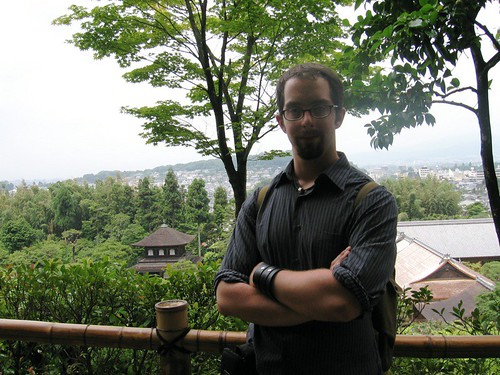I've recently been blown away by the incredible sound expressiveness of this open-source synthesizer, zynaddsubfx. I've always known it had some really great sound possibilities, but I recently started actually studying its inner workings, and I'm completely amazed. If anyone here is interested in learning about making beautiful noises, definitely check it out.
The biggest deal for me is that the creator has invented something that appears to be a (as far as I know) new type of sound synthesis. He calls it PADSynth, and there's even a complete description of the algorithm, albeit in broken English, on the website. The brilliance of it is that it takes advantage of the fact that an inverse FFT always generates an effectively "windowed" sample, which for audio purposes means completely seamless, click-free looping.
The results are sounds that are simultaneously warm and rich, but with the possibility for bizarre, inorganic harmonics that when transport the listener to a bizarre alien landscape. I seriously lost several hours just listening to chords built from sawtooth waves and missed my Aikido class.
The only problem is that because you have to design the sample, then generate a gargantuan array with an inverse FFT, it's not entirely possible to hear your edits in realtime. I think that a reasonable imitation could be made if a low-priority thread simply recomputed a new sample every time the user made an edit and applied it whenever it was finished, though this might introduce an impossibly large CPU overhead on slower machines. It would make a nice optional feature for us SMP users, though.
I've also been examining a few other open-source synths, but none have impressed me that much.
Bristol has a terrible installer (no autotools, just a script!) and the sounds are somewhat lacking imitations of analog synths of yore.
Ceres3 does spectral modeling, has a dinky install environment, was built for IRIX, seems to be slowly joining the Linux world by way of PPC(!), and has no intent of being more than an educational tool. Worst of all, they even note that the source was "written in Vim." Ick.
Mammut is a similar spectral modeling tool just like Ceres3, but not a real-time synthesizer, per se, and also lacks a maintainer, requires absurd libraries I've never heard of, and uses goofy install tools.
ATS is a better-looking spectral modeler, but no JACK support. D'oh.
RTSynth is nothing but a toy - it for some reason tries to replace JACK and LADSPA with its own incompatible and limited solutions. Also a terrible installer.
arch detail



No comments:
Post a Comment